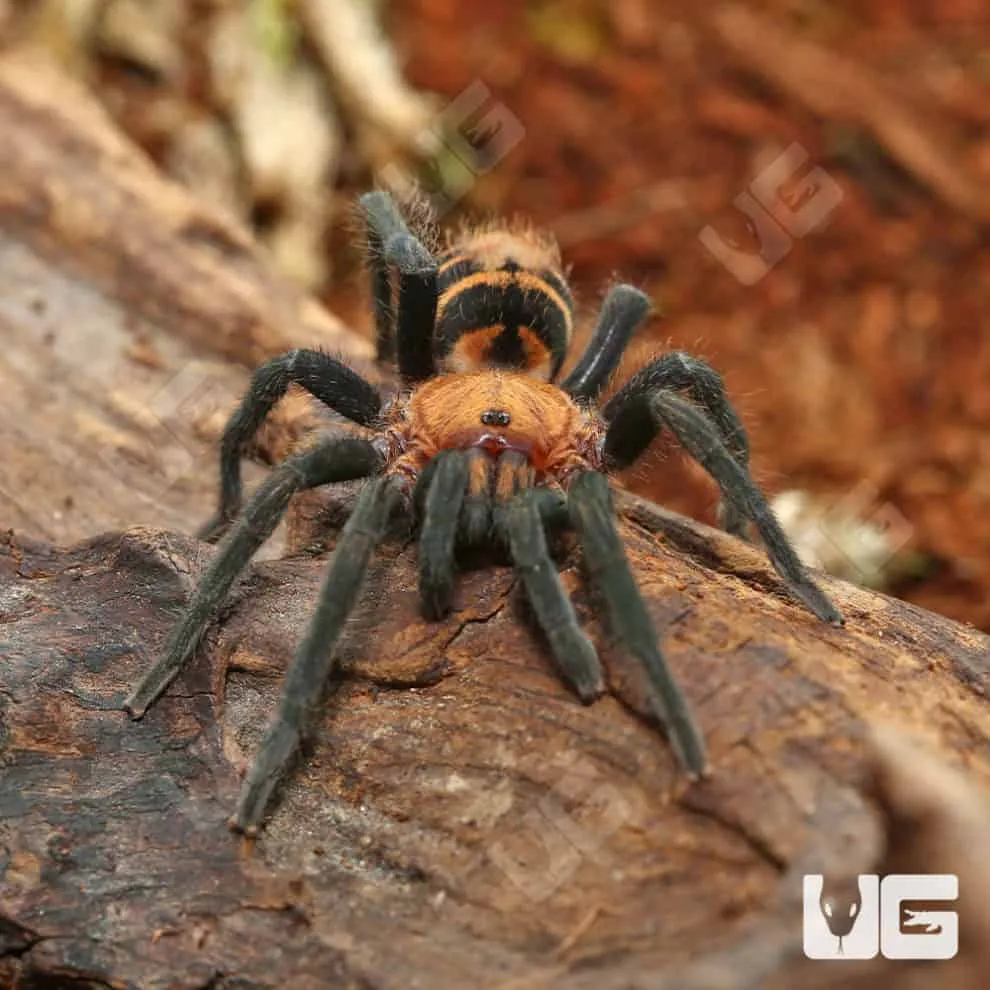What is a Suntiger Tarantula?
The Suntiger Tarantula, scientifically known as Psalmopoeus irminia, is a captivating and sought-after species within the tarantula enthusiast community. Native to the humid rainforests of Guyana and Venezuela, this arboreal tarantula boasts vibrant coloration and a relatively docile temperament, making it a popular choice for both novice and experienced keepers. Its name, “Suntiger,” aptly describes the striking patterns on its carapace and legs, which often feature shades of orange, yellow, and brown, resembling the stripes of a tiger. Unlike some other tarantula species that prefer to burrow, the Suntiger Tarantula is an agile climber, spending much of its time in trees and other elevated areas within its enclosure.
Origin and Habitat
Suntiger Tarantulas originate from the lush, tropical rainforests of South America, specifically Guyana and Venezuela. In their natural habitat, these tarantulas thrive in humid environments with plenty of vertical space, typically inhabiting tree trunks, under the bark, or in crevices. The high humidity and consistent temperature are crucial for their well-being. These spiders are well-adapted to a life in the trees, with specialized claws and hairs on their feet that allow them to climb with ease. Understanding their natural environment is crucial for replicating the ideal living conditions in captivity, ensuring your Suntiger Tarantula thrives and exhibits its natural behaviors.
Appearance and Characteristics
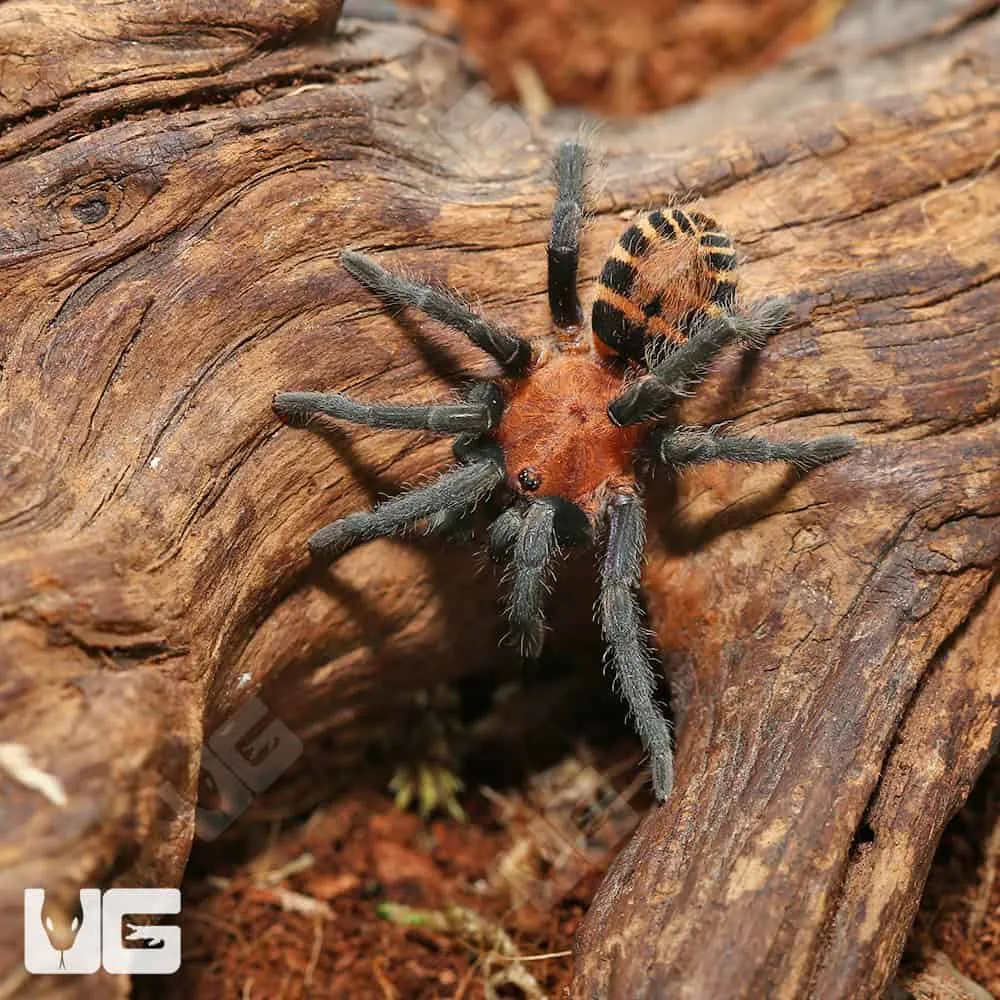
The Suntiger Tarantula is a visually stunning spider, characterized by its distinctive coloration and markings. The carapace, or the top shell, often displays a vibrant orange or yellow hue, while the legs are typically adorned with contrasting stripes of brown and black, giving it the “tiger” appearance. These tarantulas are relatively slender compared to terrestrial species, with a body designed for climbing. The abdomen is usually a darker shade, often with reddish hairs. Their fangs are relatively long and powerful, used for capturing prey and, in rare instances, for defense. The overall appearance of the Suntiger is a testament to nature’s artistry, making it a favorite among tarantula keepers.
Size and Lifespan
Suntiger Tarantulas are medium-sized tarantulas. Females can reach a leg span of up to 5-6 inches, while males are generally slightly smaller. The lifespan of these tarantulas varies. Females can live for 8-12 years, while males typically have a shorter lifespan, around 3-5 years, due to the rigors of maturity and mating. This lifespan difference makes them a rewarding pet for those seeking a long-term companion. Regular care, proper diet, and a suitable environment are critical to maximizing the Suntiger Tarantula’s lifespan and ensuring their well-being throughout their life cycle.
Diet and Feeding Habits
What Do They Eat?
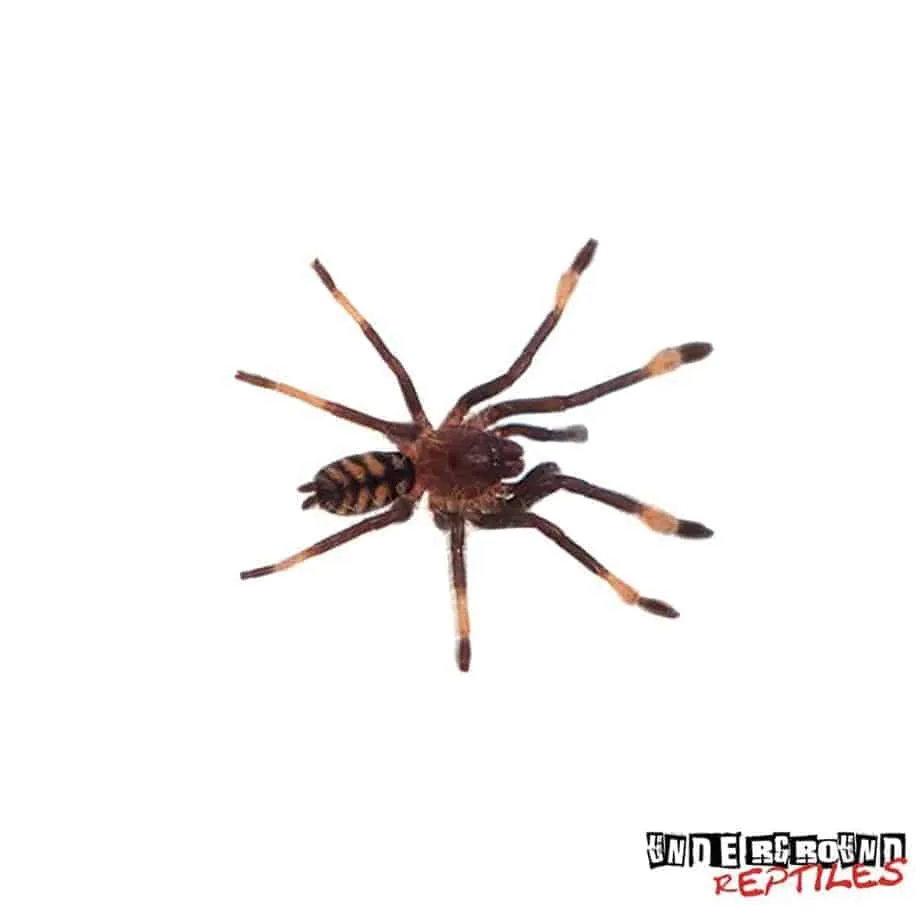
In the wild and captivity, Suntiger Tarantulas are opportunistic predators that primarily feed on insects. Their diet should consist of a variety of insects to ensure they receive a balanced nutrient intake. Crickets, cockroaches, mealworms, and even small, flightless fruit flies are common food choices. The size of the prey should be appropriate for the tarantula’s size – the general rule is to offer prey that is no larger than the tarantula’s body. It’s essential to avoid feeding them insects that have been exposed to pesticides, as this can be lethal to the spider. A varied diet that mimics the natural prey available to them is a key factor in the health and longevity of your Suntiger Tarantula.
Feeding Frequency
The feeding frequency for a Suntiger Tarantula varies depending on its age and size. Spiderlings and juveniles require more frequent feedings, usually every 2-3 days. As they grow, the feeding frequency can be reduced to once or twice a week for adults. It is crucial to observe your tarantula’s behavior and feeding habits to determine the optimal schedule. Refusal to eat can sometimes indicate that it is preparing to molt, while a constant appetite is a sign of a healthy tarantula. Always remove any uneaten prey within 24 hours to prevent stressing the tarantula and avoid the risk of pests in the enclosure.
Suitable Enclosure and Environment
Enclosure Size and Setup
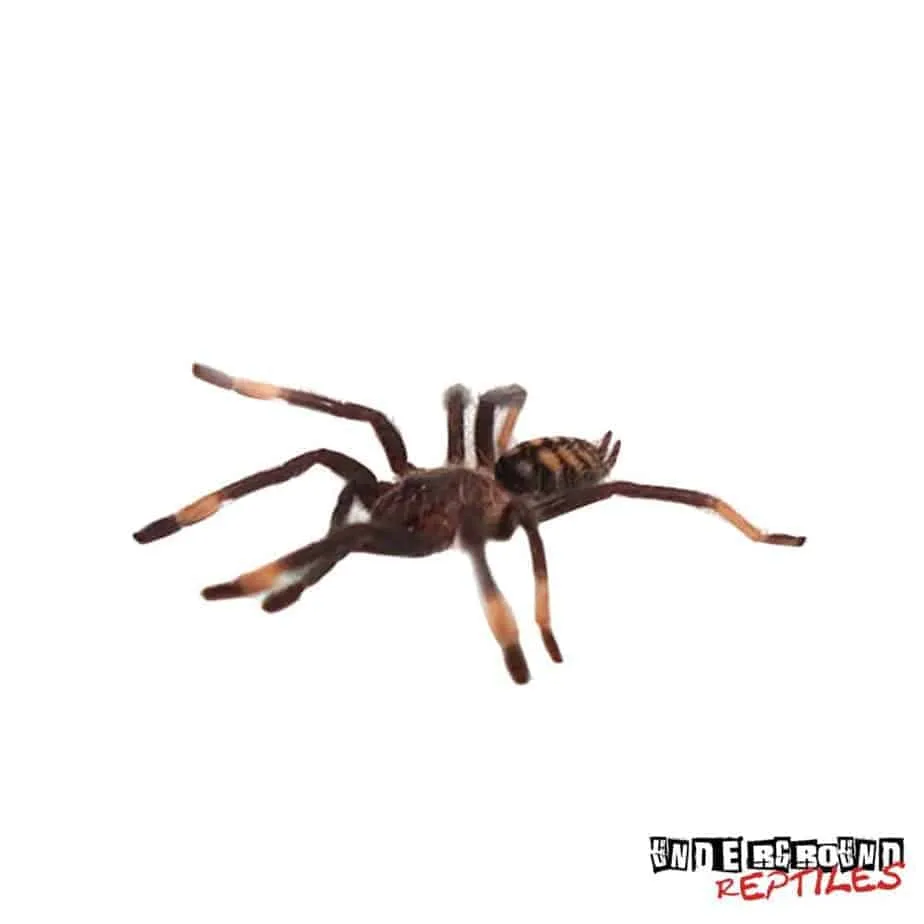
Providing an appropriate enclosure is vital for the well-being of your Suntiger Tarantula. Because they are arboreal, the enclosure should be taller than it is wide, with plenty of vertical space for climbing. A good rule of thumb is to use a terrarium that is at least three times the tarantula’s leg span in width and height. The enclosure should also include a substrate, such as a mixture of coconut fiber, peat moss, and sphagnum moss, to help maintain humidity. Cork bark, branches, and artificial plants should be added to create a naturalistic environment that allows the tarantula to explore and feel secure. The enclosure should always be well-ventilated to prevent mold and mildew growth.
Temperature and Humidity
Maintaining the correct temperature and humidity levels is crucial for your Suntiger Tarantula’s health. The ideal temperature range is between 75-85°F (24-29°C). A heat lamp or a heat mat can be used to achieve this, but always ensure that the heat source is regulated with a thermostat to prevent overheating. Humidity should be kept at a level of 70-80%. This can be achieved by misting the enclosure with water a few times a week, especially during the dry season. Regular monitoring with a hygrometer is essential to ensure the humidity levels are within the proper range. Proper temperature and humidity levels will encourage successful molting and overall well-being.
Suntiger Tarantula Temperament and Handling
Is the Suntiger Tarantula Venomous?
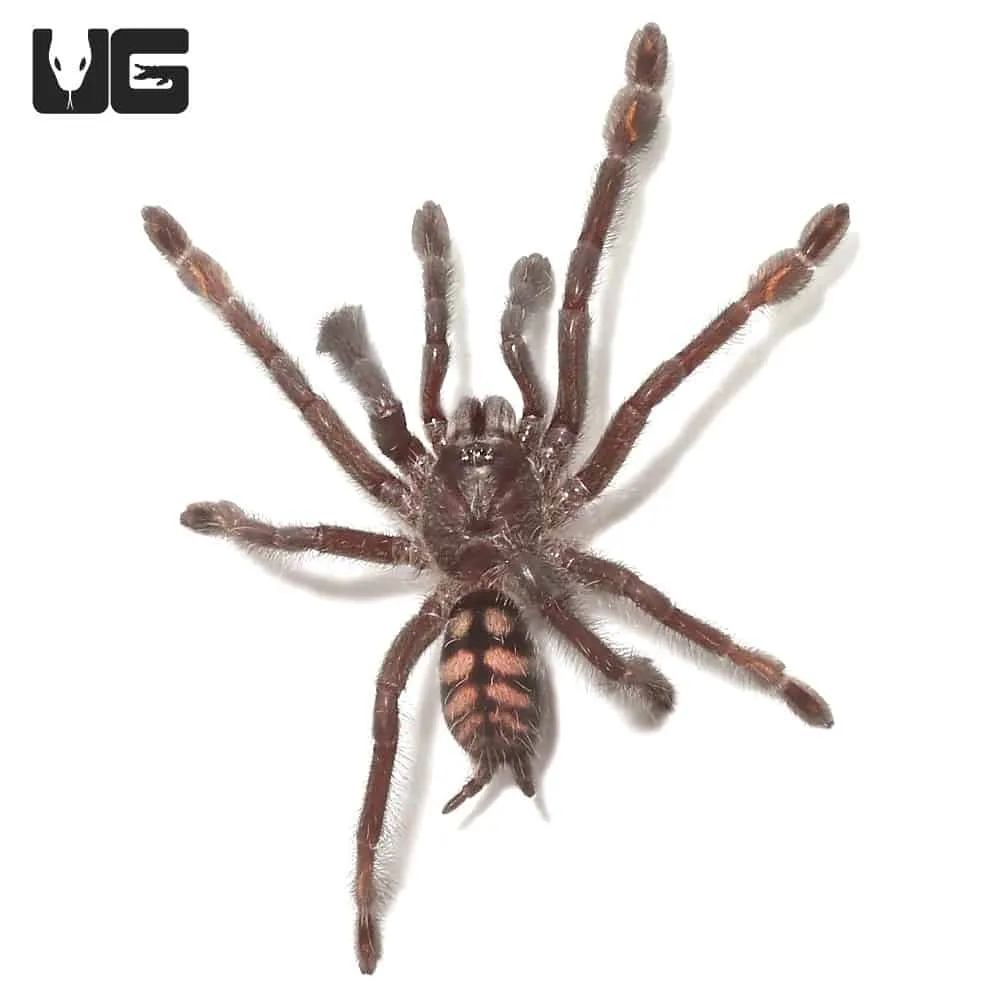
Yes, like all tarantulas, the Suntiger Tarantula is venomous. However, their venom is generally not considered to be medically significant to humans. A bite from a Suntiger Tarantula is more likely to cause localized pain, redness, and swelling, similar to a bee sting. Allergic reactions are rare, but it is always important to seek medical attention if you experience severe symptoms after a bite. It’s always best to avoid being bitten; careful handling and understanding their behavior is essential for any tarantula keeper.
How to Handle your Tarantula Safely
While the Suntiger Tarantula is generally considered to have a docile temperament, handling should be approached with caution. It is generally best to avoid handling your tarantula unnecessarily. If handling is required, do so gently and slowly. Never grab the tarantula, and instead, encourage it to walk onto your hand. Always keep the tarantula close to the ground or a soft surface to prevent injury if it falls. Constant vigilance and respect for the animal are essential for handling. Never force interaction and be aware that stress can lead to defensive behaviors, such as biting or flicking urticating hairs.
Common Health Issues and Care
Molting Process
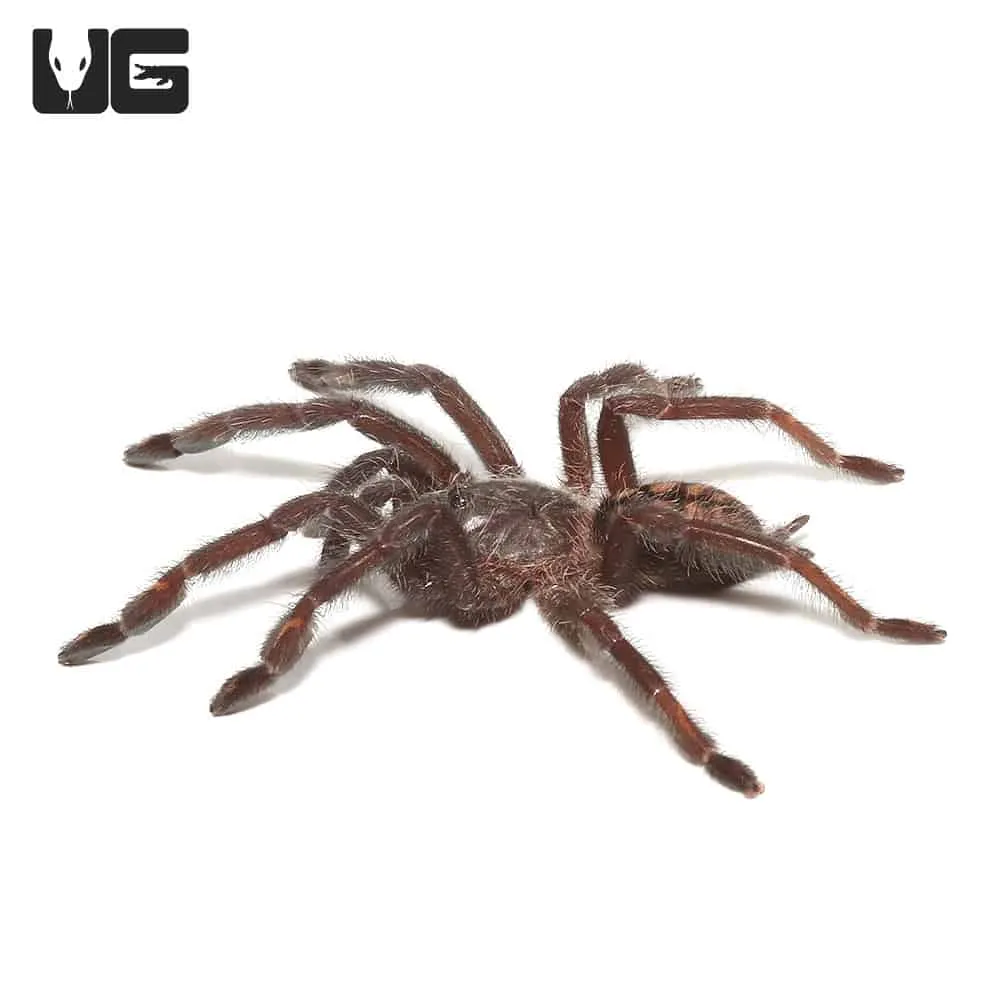
Molting is a natural process where tarantulas shed their exoskeleton as they grow. The molting process can be stressful for the tarantula, and it’s crucial to provide a safe and undisturbed environment during this time. Signs that your Suntiger Tarantula is preparing to molt include a loss of appetite, lethargy, and a change in the color of their abdomen. During the molt, the tarantula will typically lie on its back. Never disturb a tarantula while it is molting. After molting, the tarantula’s new exoskeleton will be soft and vulnerable. Do not feed your tarantula for at least a week after it molts to allow the fangs to harden. The shed exoskeleton can be a great way to see its growth.
Parasites and Diseases
Suntiger Tarantulas are generally hardy, but they can be susceptible to certain health issues. One of the most common issues is mite infestations, which can be prevented by maintaining a clean enclosure and quarantining new tarantulas. Fungal infections can also occur if the enclosure is too humid or poorly ventilated. Inspect your tarantula regularly for any signs of illness, such as lethargy, loss of appetite, or unusual behavior. If you notice any concerning symptoms, it is important to consult with a veterinarian experienced with exotic animals. Proactive care, including regular cleaning and providing appropriate conditions, is the best way to prevent any health issues.
Breeding and Reproduction
Mating Ritual and Process
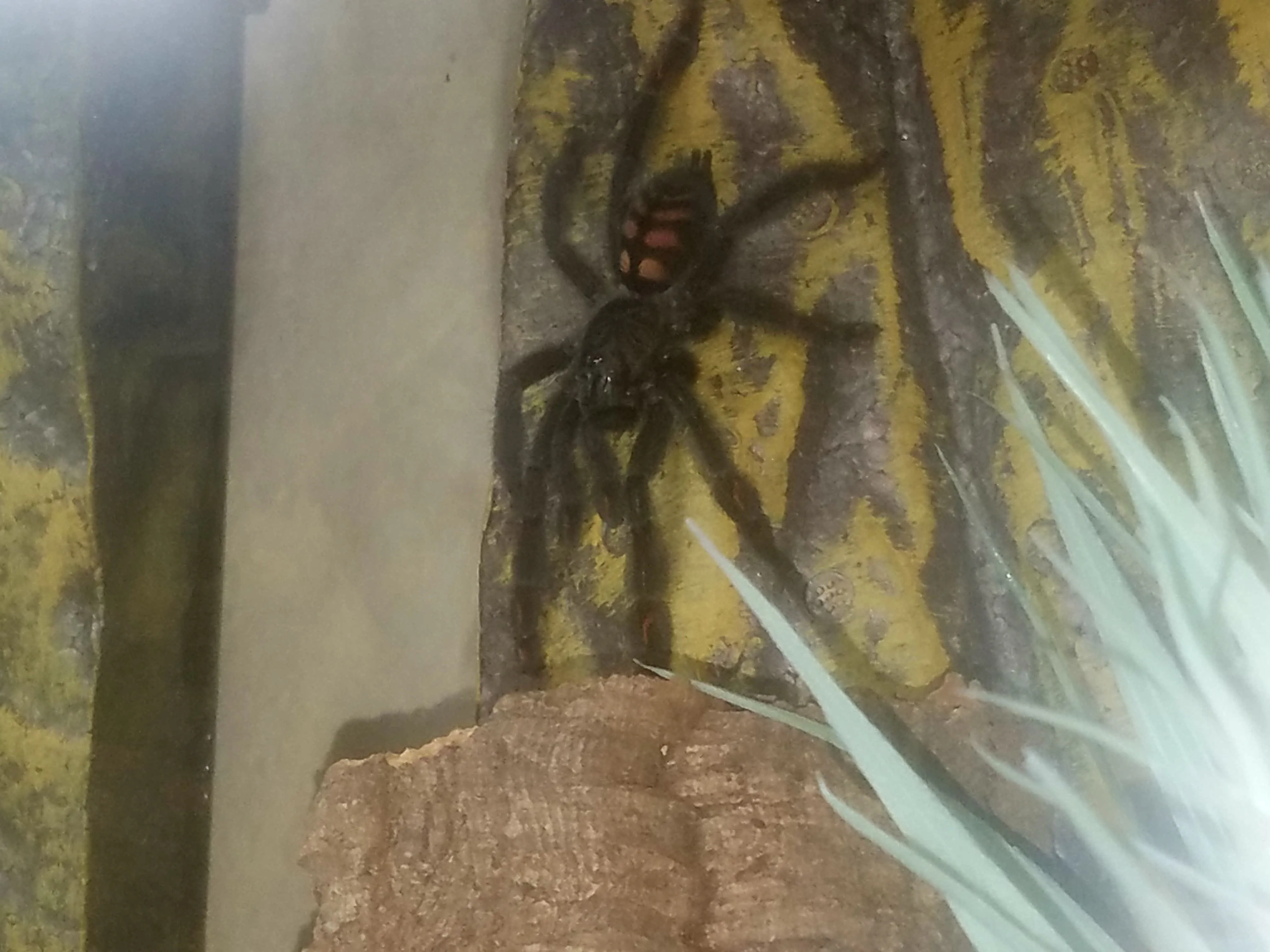
Breeding Suntiger Tarantulas can be a rewarding experience, but it requires careful planning and preparation. The mating process begins when the male, after reaching maturity, constructs a sperm web and deposits his sperm. He then uses his pedipalps to transfer the sperm to the female. The female is often receptive and may allow the male to approach, although there is always a risk of the female eating the male. The mating process can be quite rapid, lasting only a few minutes. After the mating, separate the male immediately, as the female may attack him.
Egg Sac and Spiderlings
If the mating is successful, the female Suntiger Tarantula will produce an egg sac, containing hundreds of eggs. The female will diligently care for the egg sac, guarding it until the spiderlings hatch. The incubation period varies but is usually several weeks to months. After hatching, the spiderlings will remain with the female for a short period, and it is crucial to provide a suitable environment for them, with proper humidity, temperature, and a readily available food source. The spiderlings are cannibalistic, so they need to be separated into individual containers when they are large enough to start eating. Careful management and a well-planned setup are essential for the successful breeding of Suntiger Tarantulas.
Conclusion
The Suntiger Tarantula is a beautiful and fascinating pet that can bring joy and wonder to any exotic pet enthusiast. By understanding their specific needs, including their habitat, diet, and handling requirements, you can ensure your tarantula lives a long and healthy life. Remember to always prioritize their well-being, and approach any handling or interaction with patience and respect. With proper care, the Suntiger Tarantula can be a rewarding and captivating addition to your home, offering a unique glimpse into the incredible world of arachnids.
